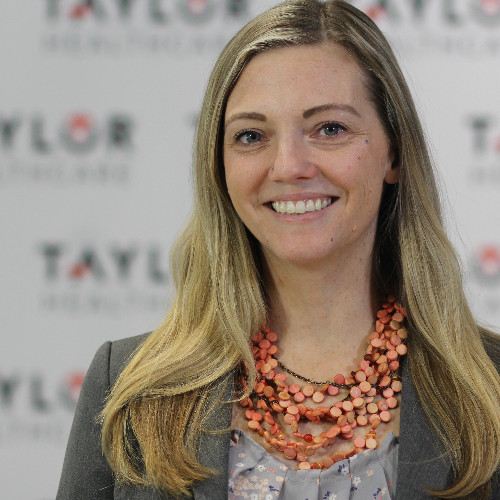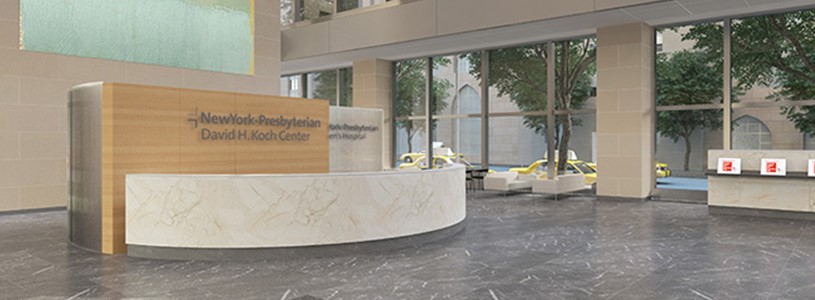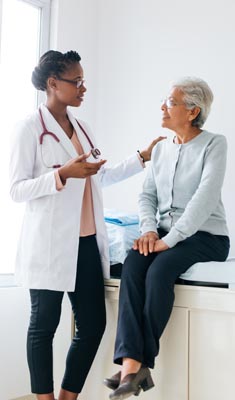Healthcare is a Team Sport
Collaborating with patients can lead to improved outcomes, increased satisfaction


Chelsea Youngquist
Director of Marketing
There are many players on a healthcare team, and the MVP is the patient. Highly engaged patients are more likely to be successful players; they have better healthcare experiences, are more likely to remain with their current provider, and are more likely to share personal referrals with friends and family and on social media.
Healthcare providers such as those highlighted here who successfully target patient and family engagement will see significant impact in the quality of patient care, outcomes, informed decision making, and patient satisfaction scores, not to mention improved financial performance.
UChicago Medicine implemented care experience technology enabling nurses and other team members to have meaningful conversations with patients throughout their hospital stay during mobile rounds and again during post discharge follow-up calls. Doing so allowed the capture of patient voice to better understand their goals and concerns and encourage shared decision-making. The human-centered technology helped monitor and manage patient experience at critical touchpoints along the healthcare journey, proactively identifying risks for noncompliance, and pinpoint opportunities for improvement.
Deborah Heart and Lung Center recently rolled out a tool that will automatically send a text message to a patient’s cell phone shortly after they depart the hospital with educational information about the medications that have been prescribed for them, locations of nearest pharmacies, and, in some cases, the ability to enjoy discounted pricing on particular drugs. While it is early in the deployment, the feedback we have received has been overwhelmingly positive — well in excess of 90 percent.
Lehigh Valley Health Network (LVHN) assessed EASE, an application that provides real time surgery updates to families of patients, and found in it a unique capability to improve services during stressful hospital events. LVHN worked with the EASE team to deploy the software, and the project has been successful well beyond the original vision.
To date, the system has been utilized by over 8,500 families. Clinical team members have sent more than 75,000 EASE messages and over 48,000 emojis have been shared by family and friends using EASE.
Ochsner Health System used its online patient portal to help treat hypertension with a new digital medicine program that combined patient-reported blood pressure data, clinical data and coaching. Outcomes showed that medication adherence among patients improved 14 percent, while 79 percent achieved greater blood pressure control. Overall, clinicians saw a 29 percent reduction in clinic visits.
Sutter Health used its patient portal to help patients self-manage their diabetes. Online reminders of hemoglobin A1c monitoring among patients with diabetes improved the rate of A1c test completion by 33.9 percent. Overall, patients with previously uncontrolled diabetes had a significant reduction in HbA1c at six months compared to usual care.
UC San Diego Health opened Jacobs Medical Center, a 245-bed hospital that offers advanced surgery, cancer care, cardiac rehabilitation, and birthing options. To put patients in direct control of their experience, an Apple tablet was placed in every patient room. The tablets enabled patients to control room temperature, lighting and entertainment options from their beds. The tablets also enabled access to personal medical information, such as test results and schedules of medications or upcoming procedures. Photographs and biographies of their care team were also available. What researchers found is that a big chunk of patients said the tablets were contributing to a positive patient experience, and engagement in medical care, determined by accessing their medical record, was higher.
Stanford Health Care used its patient portal to help patients with cancer manage stress. Patients were surveyed before clinic visits to identify unaddressed symptoms, and about 40 percent of those who responded reported experiencing distress. These responses led to more than 6,000 referrals for psychotherapy, nutrition and other services.

At NewYork-Presbyterian leadership set out to develop a new, world-class ambulatory care center, they started with a simple question: what will exceptional ambulatory care — both the clinical care and the total patient experience — look like in the future, and how can we make that vision a reality today? Components of this vision include:
To save time, patients can complete their paperwork remotely and securely before their visit, on their mobile phone or online. So when patients arrive on the day of their procedure, check-in is simple and quick: a patient ambassador greets them by name, helps them check in, and offers a personalized smart wristband that provides instant access to information about their visit and step-by-step directions to the room where their care team will greet them.
Visitors receive a smartband to gain entry to the building, and are given a tablet to enjoy customized, streaming entertainment while they wait. That wait will not be a mystery — constant communication, including real-time text message updates, keep them apprised of the patient’s progress.
Mindfulness-based practices like meditation and breathing techniques as well as yoga and acupuncture complement medical care for patients by promoting relaxation, reducing stress and anxiety, and relieving symptoms associated with disease or its treatment.
Successfully implementing solutions that improve patient engagement and experience benefits providers and patients in many ways:
- Improved outcomes
- Increased patient satisfaction scores
- Improved reputation and brand within the community
- Improved financial performance
- Increased operational efficiencies
- Increased referrals and patient loyalty
To read more patient engagement best practices, visit engagingpatients.org.



